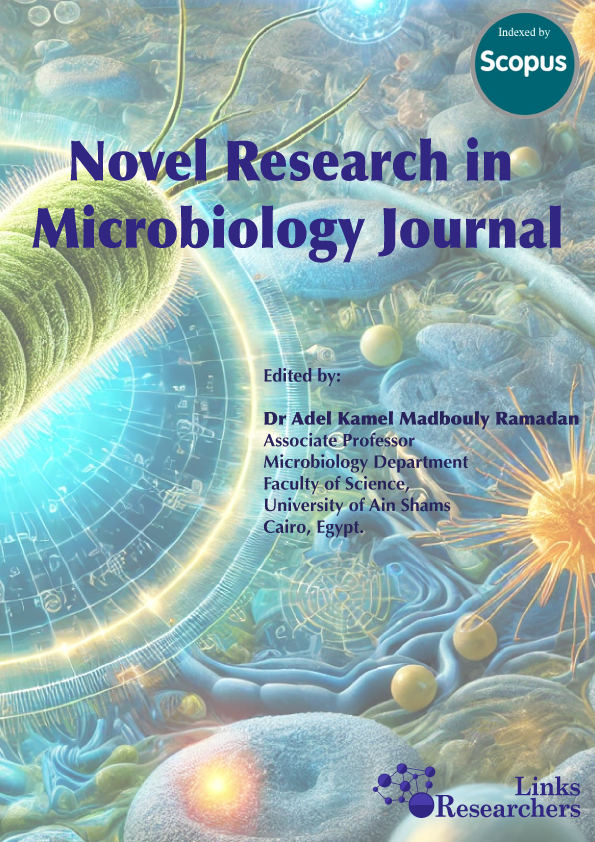Molecular identification and pathogenicity of Ralstonia solanacearum isolates collected from north west of Pakistan
Novel Research in Microbiology Journal (2019), 3(2): 314-325
Molecular identification and pathogenicity of Ralstonia solanacearum isolates collected from north west of Pakistan
Muhammad Junaid1*; Ayesha Bibi2; Musharaf Ahmad3; Muhammad Ali4; Yousaf Noor5
ABSTRACT
In the tomato commercial growing districts of Khyber Pakhtunkhwa (KP); a province in the north west of Pakistan, multiple comprehensive surveys were conducted during 2012. The main objectives of the current study were to identify the Ralstonia solanacearum (R. solanacearum) isolate through its colony characteristics, molecular tools; and to investigate the ability of this pathogen to cause Bacterial wilt (BW) disease, when being inoculated into tomato plant using different inoculation methods. For this purpose, a total of 74 locations covering all over the KP were visited for the presence of tomato plants with BW disease, caused by R. solanacearum. The bacterial pathogen was isolated from diseased plant tissues by growing it on the selective 2,3,5-triphenyl- tetrazolium chloride (TTC) medium. Based on colony morphology of R. solanacearum on the agar plates; and pathogenicity assays, about 29 isolates were guessed to be R. solanacearum. To further confirm the identity of these isolates, a species-specific primers-mediated Polymerase chain reaction (PCR) was carried out. Two specific primers i.e. forward primer: 5'GTCGCCGTCAACTCACTTTCC3', and reverse primer: 5'GTCGCCGTAGCAATGCGGAATCG3', were used for amplification of the 281bp band. Twenty five isolates out of the 29 were genetically confirmed to be R. solanacearum based on their amplified 281bp band.
To share on other social networks, click on any share button. What are these?





